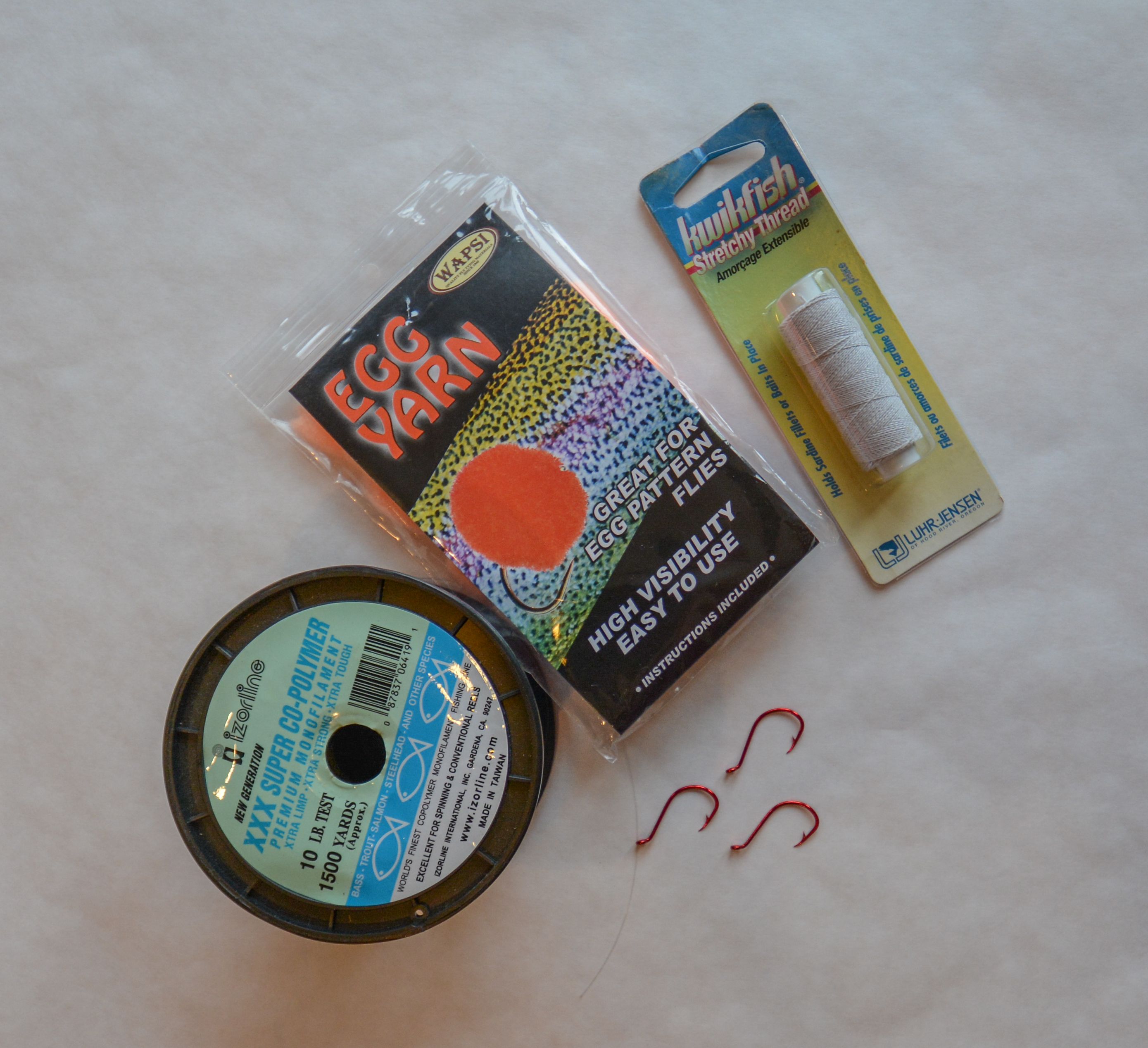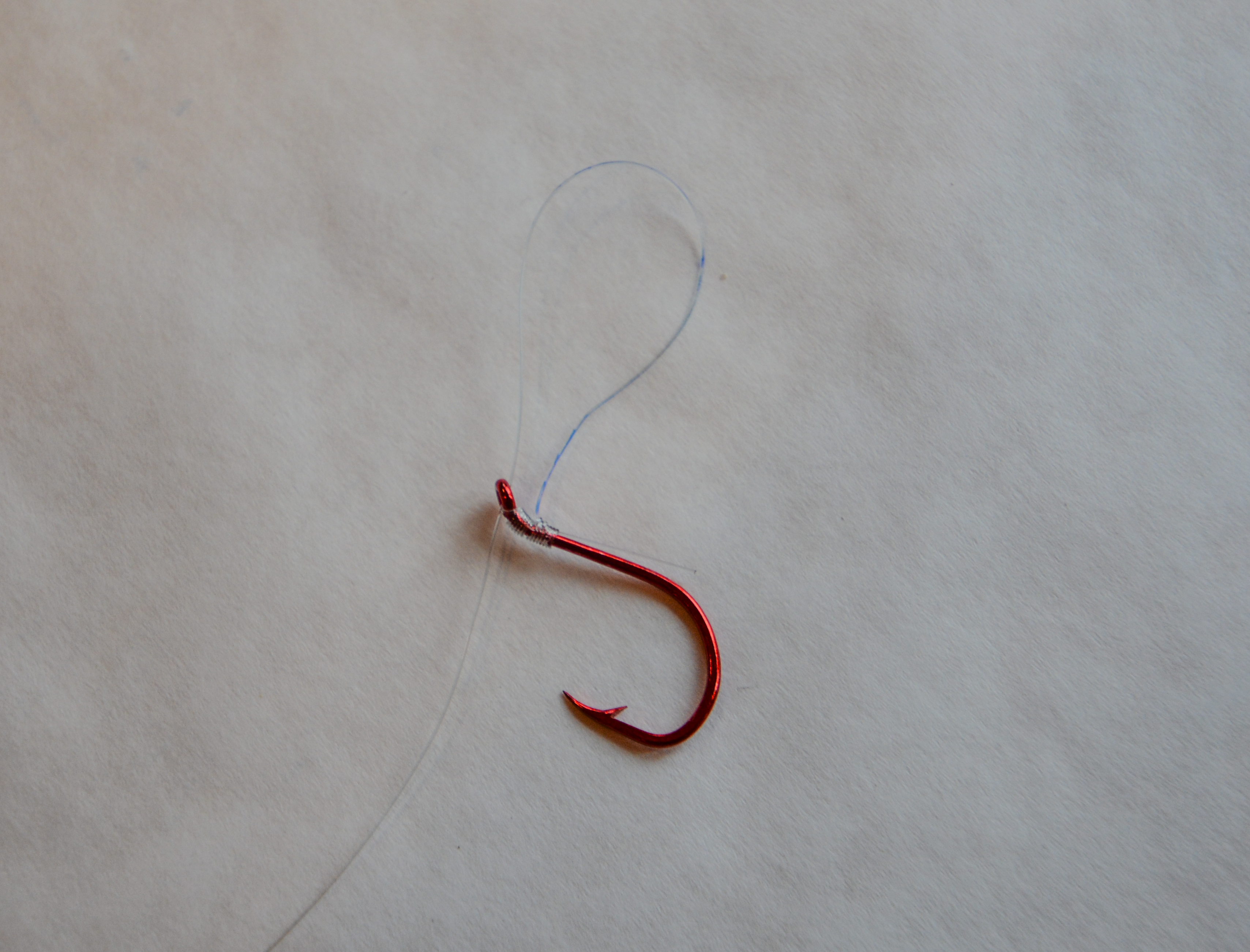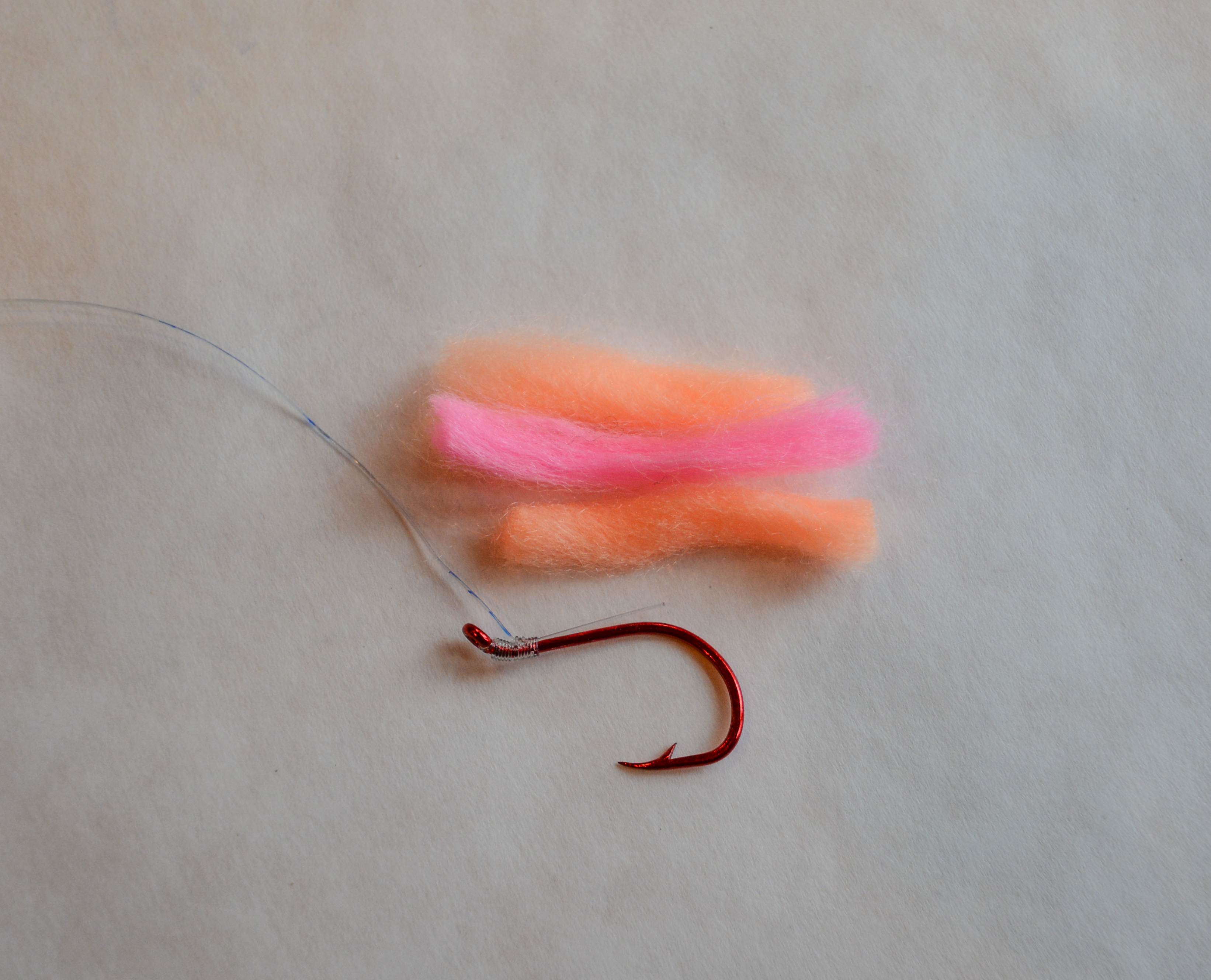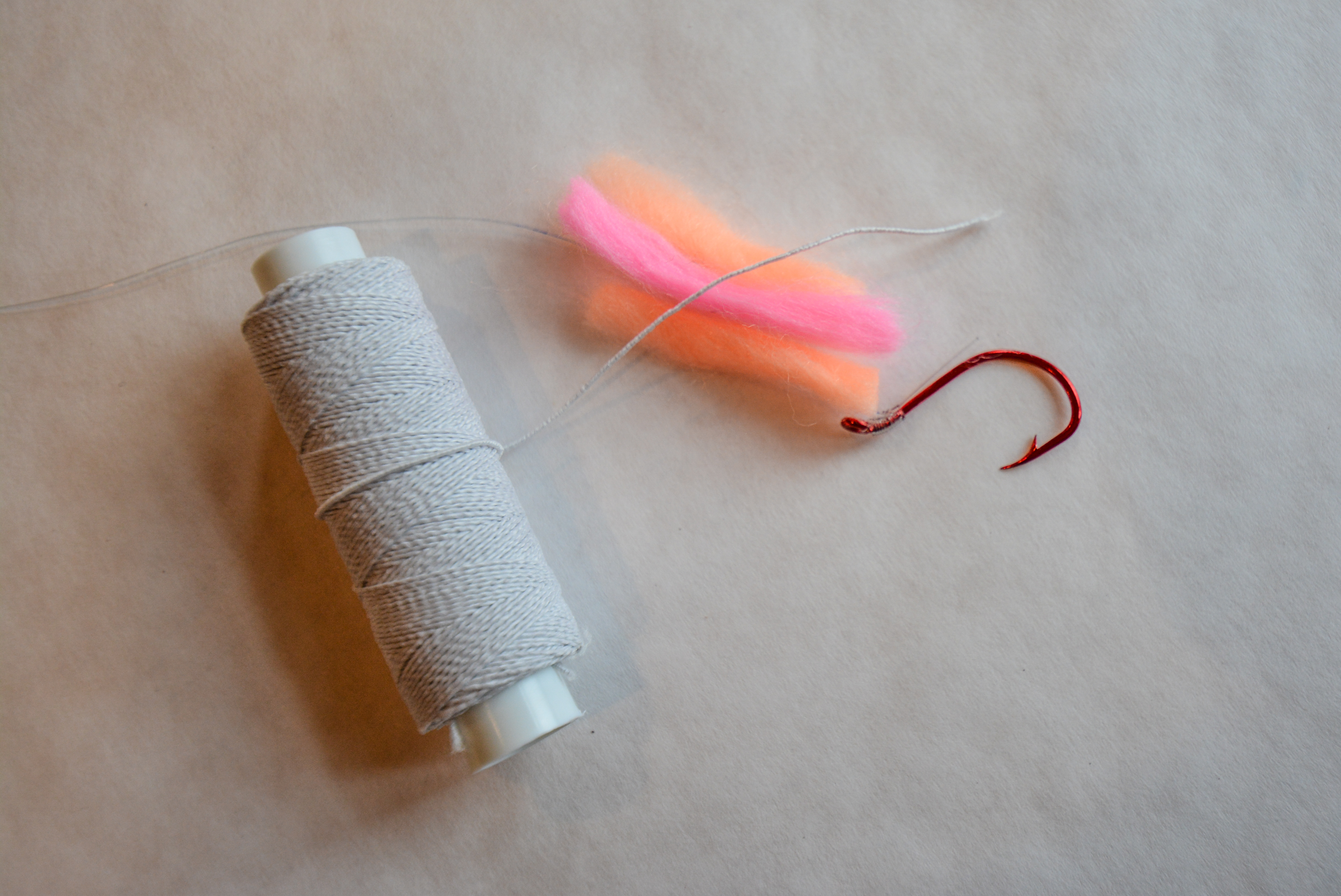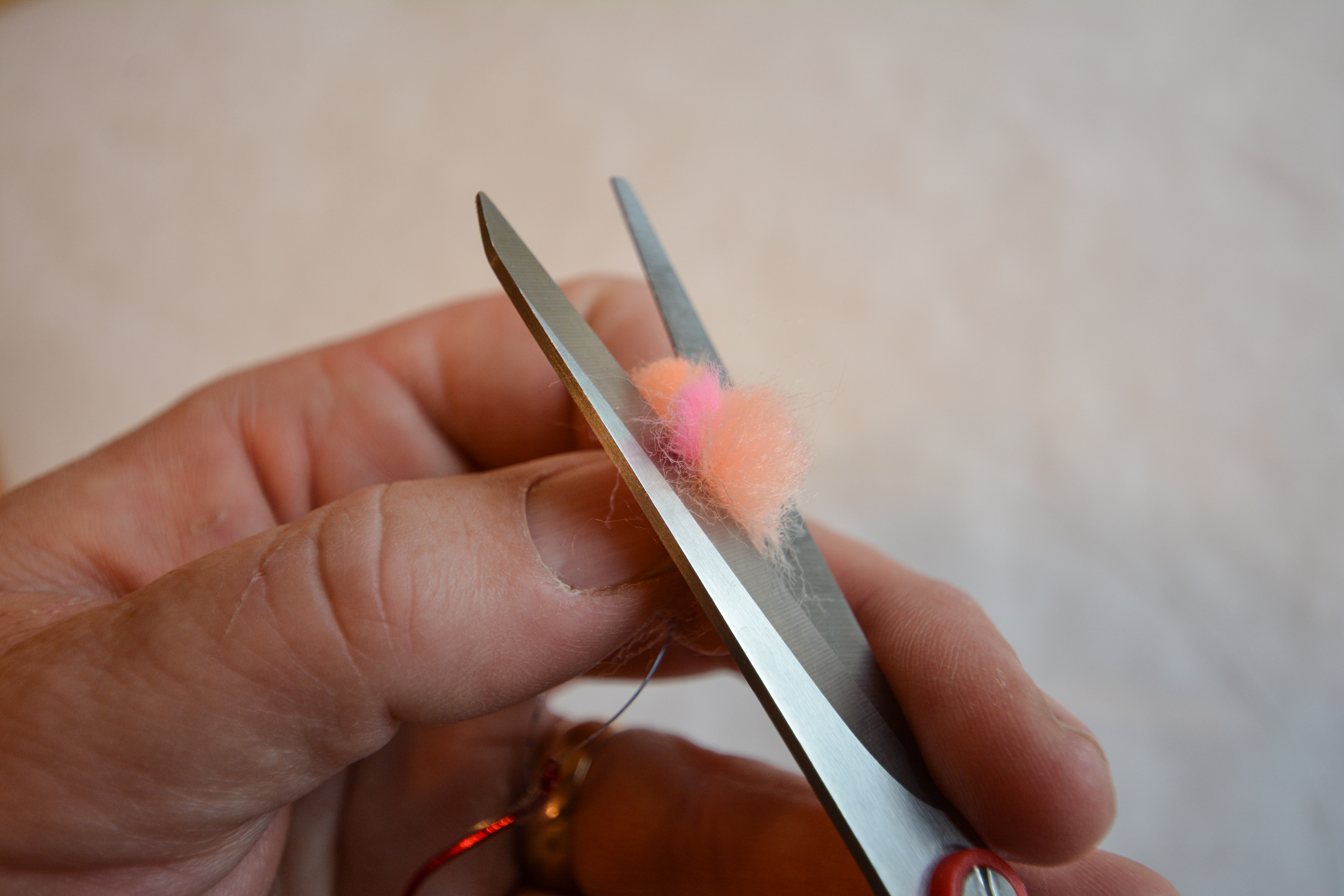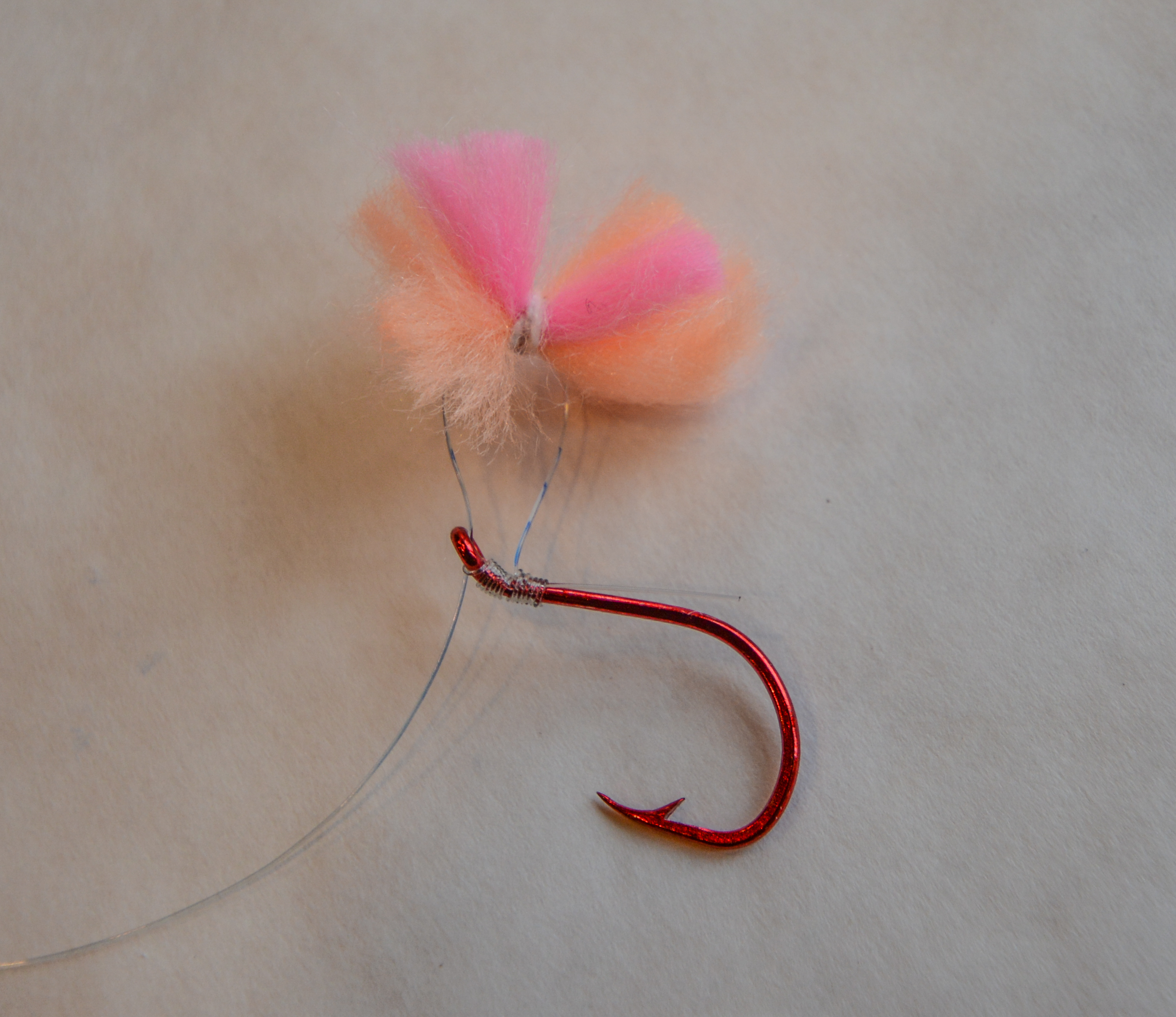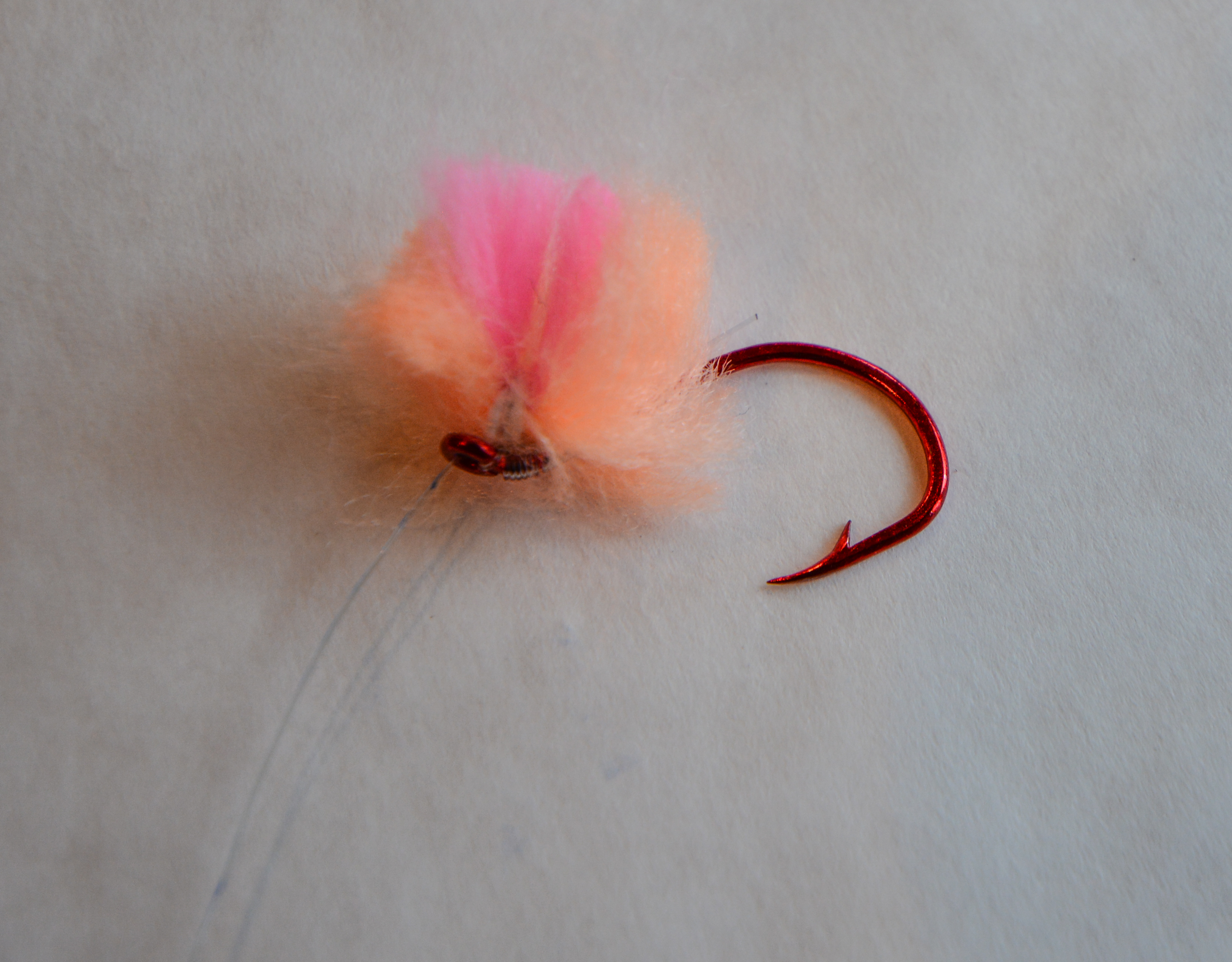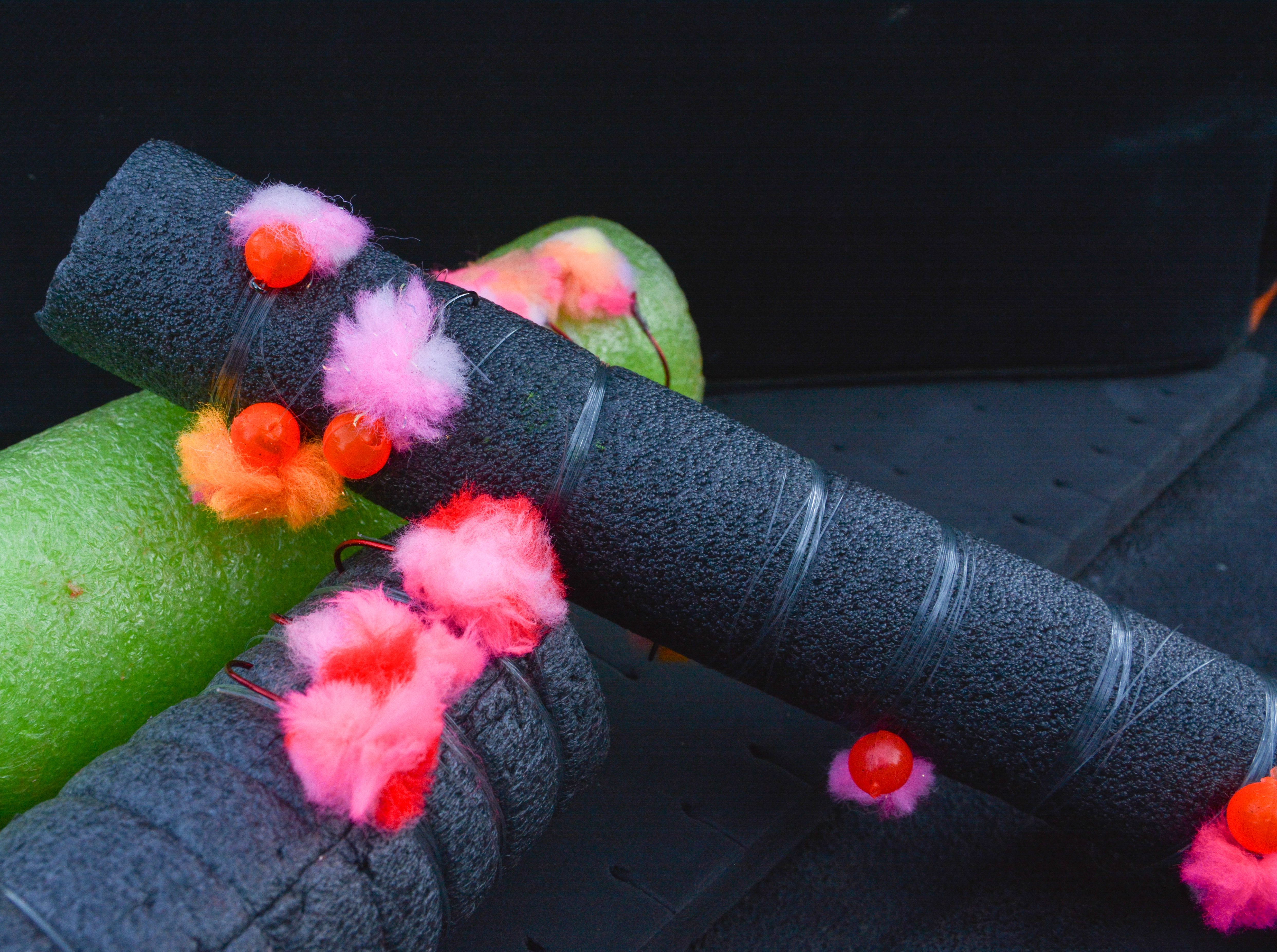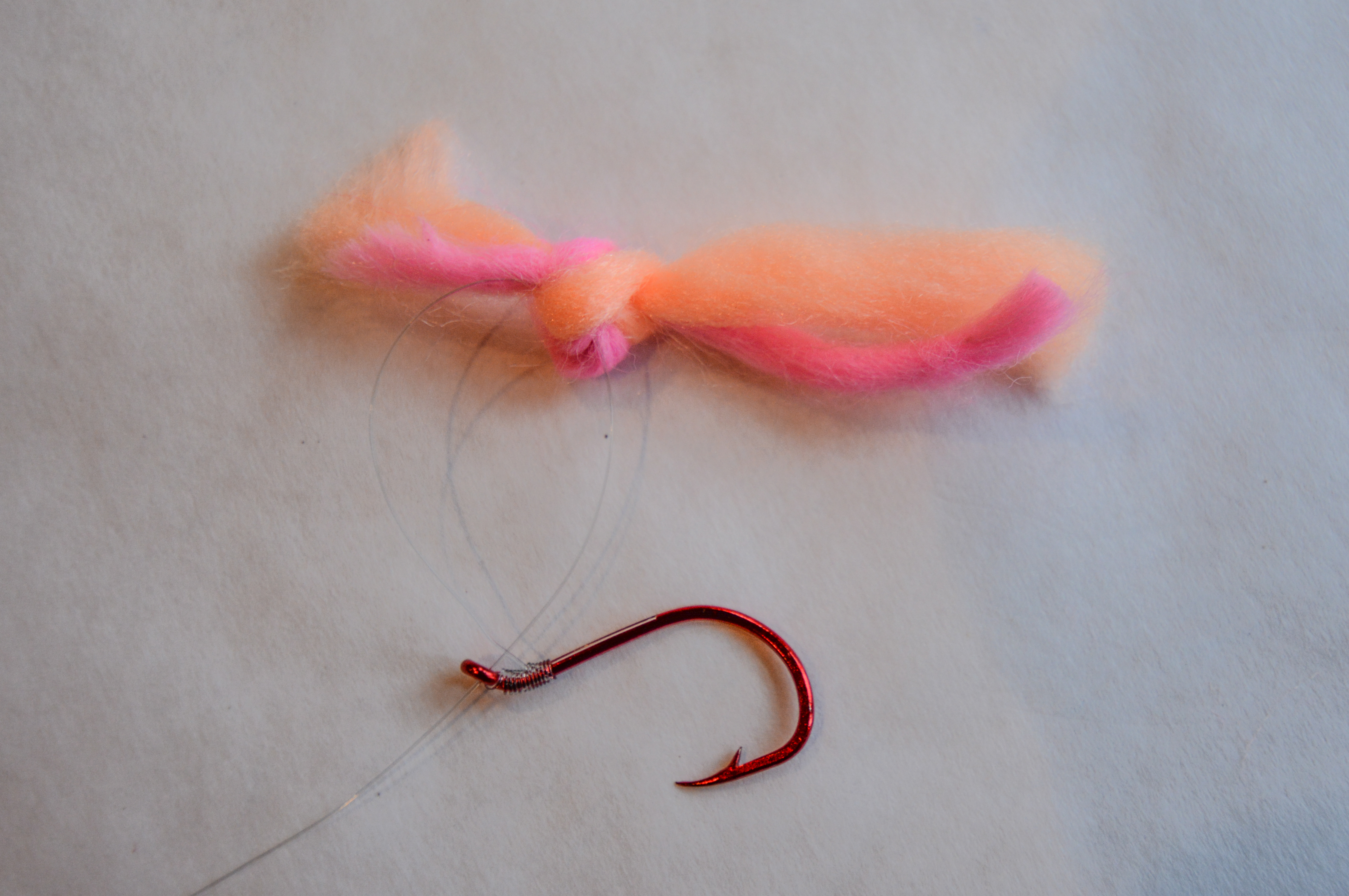Search
Latest Articles
How to make and fish Yarnies
by Jason Brooks, November 09, 2018
Before you go raiding grandma’s knitting basket there are few things that you should know about yarn. The first being what materials it is made of. A tight woven cotton or wool yarn will not make a good fishing lure. The yarn that you find in craft stores for crocheting and knitting is made to be durable as it is used for clothing and other items. Synthetic yarns are made specifically for making the yarnie or for fishing. Using natural fibers such as cotton means that it had to be dyed to the color it is and those dyes can washout, fade, or even yet, give off smells that repel the fish. One other downfall for natural fiber's is that they will soak up water and eventually drag and sink in water.
Synthetic yarn made for fishing is often made of polyester or some other form of plastic and the color is part of the plastic itself so it will not fade or give off an odor. Fuzzy yarns such as those that are often used to tie “glo bugs” is a great material to make yarnies out of. Not only does it have a high loft but it comes in various fish catching colors. Other yarns, like those used for tying flies are best used as a color contrast when you want to tie in things like an eyed egg or a bright attractor. Synthetic fibers don't soak up water but actually repel it and this helps keep their loft, profile, and they "float" around in water like a natural bait does.
Here then, is a pictorial step by step method on how to make a yarnie:
Step 1 - materials needed:
Step 2 - Pull the loop back through the snell:
Step 3 - Cut yarn for yarnie:
Step 4 - use magic thread to secure yarn on to the leader:
Step 5 - trim yarnie:
Step 6 - put leader loop back through eye of hook:
Finished Yarnie:
*An alternate method uses an overhand knot method to secure the yarn on to the leader rather than use magic thread:
When adding scent to the yarnie keep in mind that most oils will wash out quickly as the tiny fibers that make up the yarn are slick and made of plastic. Oil will not adhere to it very well so make sure to reapply often. The gel's and sauces on the market do stick very well with the materials and you can fish for a long time without worry about the scent being washed out. A water soluble scent washes out almost too fast so it is not a good idea to use this type of product. Of course one idea behind using the yarnie is to be able to fish a bait imitation in an area where bait is not allowed and no scent should be used when fishing these waters.
When it comes to colors there are a few different ways to think about yarnies. The first being the bait imitation. To save on eggs, sandshrimp, prawns or other baits the yarnie makes for a great alternative in waters where you can't use bait or if you are low on bait and want to extend it a bit. After the fall spawning of salmon have occurred the winter steelhead show up, along with resident rainbow trout, sea run cutthroat, and the various char. Making a light pink yarnie with a stark contrast of a red eye you can mimic a piece of skein that is free floating down the river. Peach and yellows are used to resemble a piece of shrimp or prawn or even a piece of salmon flesh like a "flesh fly" that fly anglers use. You can add bait to your yarnie and the scent will hold longer. Oftentimes when I fish with bait and a yarnie I will use half the amount of bait and press it into the yarnie after adding it to the hook. This allows the yarn to soak up the scents and also crushed the bait so it releases scent in the water. Save those heads of the sand shrimp that are so often tossed into the water after you rip off the tail. Instead use a peach yarnie and the head of the sand shrimp, doubling your bait supply. Want to fish a small cluster of salmon eggs for steelhead but you're out of bait? Then use a yarnie in a light pink and red, along with a single synthetic rubber egg and some salmon egg bait gel. It will stay on the hook longer, you will always be fishing without worry if your bait is gone and steelhead bite it just as readily.
Using them as an attractor. I've fished with guys who pull out a roll of leaders and pre-tied yarnies only to see some crazy color combinations. One of the most productive I've seen is chartreuse, cerise, orange and peach. I don't understand why these color's work so well together other than it gets the fish's attention, which is what we are trying to do anyway. Most of the time the attractor yarnies are used with a heavy dose of scent added or a piece of bait, like eggs or a chunk of prawn.
How to fish a yarnie. Once again we find ourselves making a lot out of a little. The simplest and easiest way to fish the yarnie is to drift fish them like you would bait. However, because yarnies are so versatile you can fish them several different ways. Fly anglers have been fishing "yarnies" for a long time, they just call them "glo bugs". So if you like to load the fly rod once in awhile then you can fish them with a slow to moderate sinking line. Those that prefer to bobberdog will often fish a yarnie trailed by a bead on a secondary leader. You can also fish bait and then use the yarnie as your second offering as they are light and won't affect the drift very much, plus if the fish misses the bait then the yarnie makes for a great follow-up that the fish can grab. Float anglers that fish jigs or even bait under a float can use yarnies on a dropper as well. Simply put, fishing yarnies is easy and effective.
Rigging or tying yarnies is almost as easy as tying a snelled leader but don't be fooled that there is only one way to tie the yarnie. If you were to ask a few fishermen how they tie them, you will get several different answers. The first and easiest way to tie them is to simply take the yarn you want to use, pull open the egg loop knot on a snelled hook and tie an overhand knot with the yarn, trim it and done. The one problem with this is that it can make for a large profile if you use multiple colors and that the knot is tight and won’t allow much scent to saoked in and be dispersed while fishing. Other methods are to tie them into the snelled portion of the hook tying process or to tie them ahead of time using a stretch thread that plug anglers use to wrap their plugs with. You can sit in front of the television and watch your favorite show and tie up hundreds of yarn balls, or yarnies, but then you need to either use a bait threader to put them onto the leader or to simply use the hook which holds yarnies very well. You can also have pre-tied leaders ready and when making the yarnie with the stretch thread simply put the leader into the middle of the yarn when making it, just make sure you don't accidentally cut the leader while trimming the yarnie.
After you make several yarnies, or dozens, or hundreds, in the off-season you need to store them correctly. Sunlight isn't a worry with synthetic yarns but the yarn will collect scents. Once I put a yarnie on my line I never re-use, recycle, or even allow it to touch my rolls of yarnies. Same goes for my leaders, I never put a used leader back on my leader board. If you are using natural baits like tuna bellies, eggs, or shrimp then make sure you don't touch the other yarnies on your rolls. These baits will rot and "go bad" quickly and if you allowed the yarn to come into contact with them or transferred the oils or scents onto them then they will carry these bad smells. Try and keep them dry as the hook can rust, even slightly with moisture, which dulls the point. I prefer to keep my yarnies on leader rolls and place each roll into a zip-loc bag. This keeps them dry and isolated so they don't soak up scent.
Something as simple as a piece of yarn can help you catch more fish. Just make sure you use the right yarn. Scents help but are not necessary. Making the most out of your off the water time by tying them up in advance will keep you fishing longer when the time comes. Yarnies, one of the simplest and best steelhead baits.
Jason Brooks hails from North-Central Washington. The son of a fishing guide, Jason is an avid hunter, angler, outdoor photographer and published writer. He resides in Puyallup with his wife and two boys.
